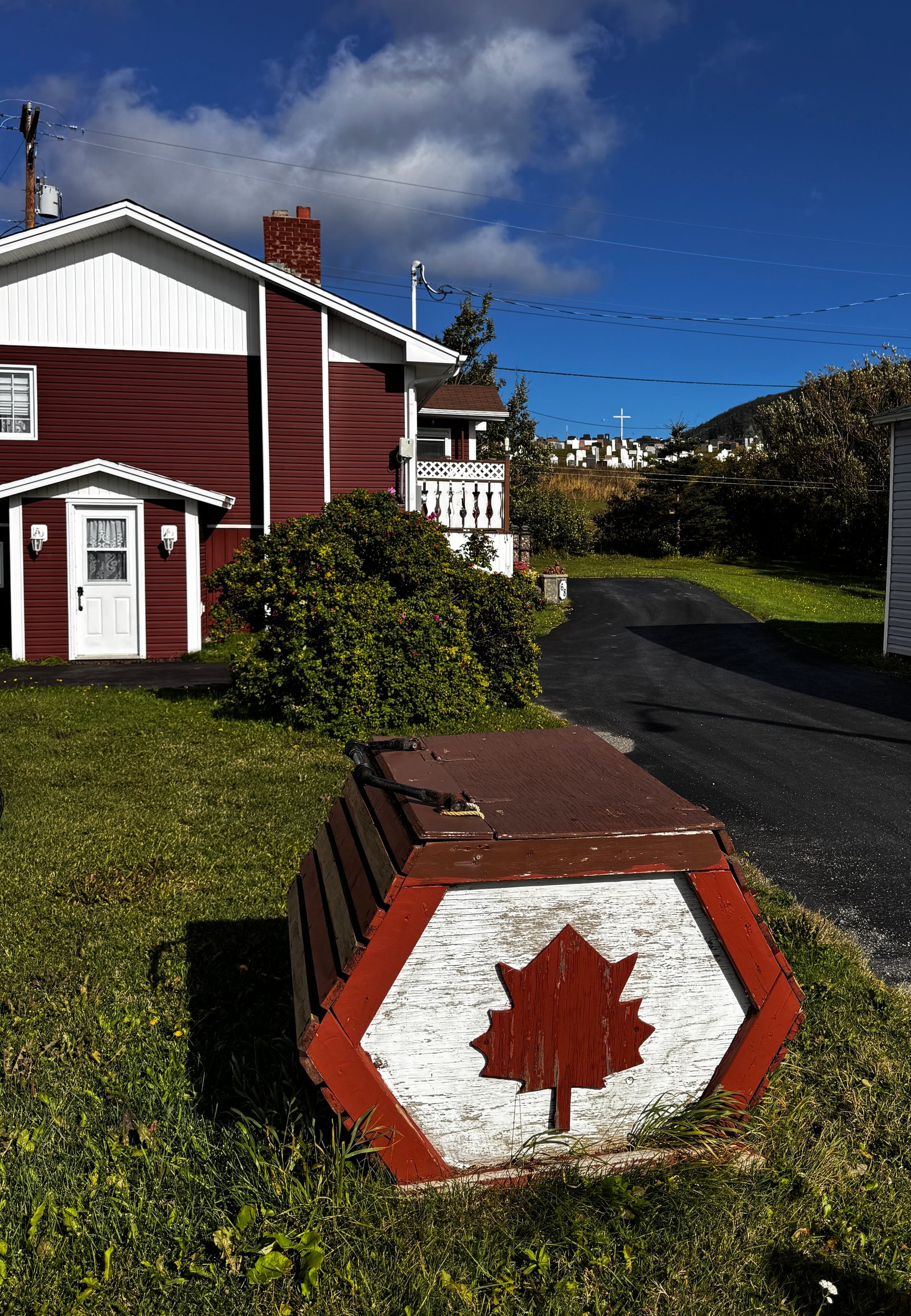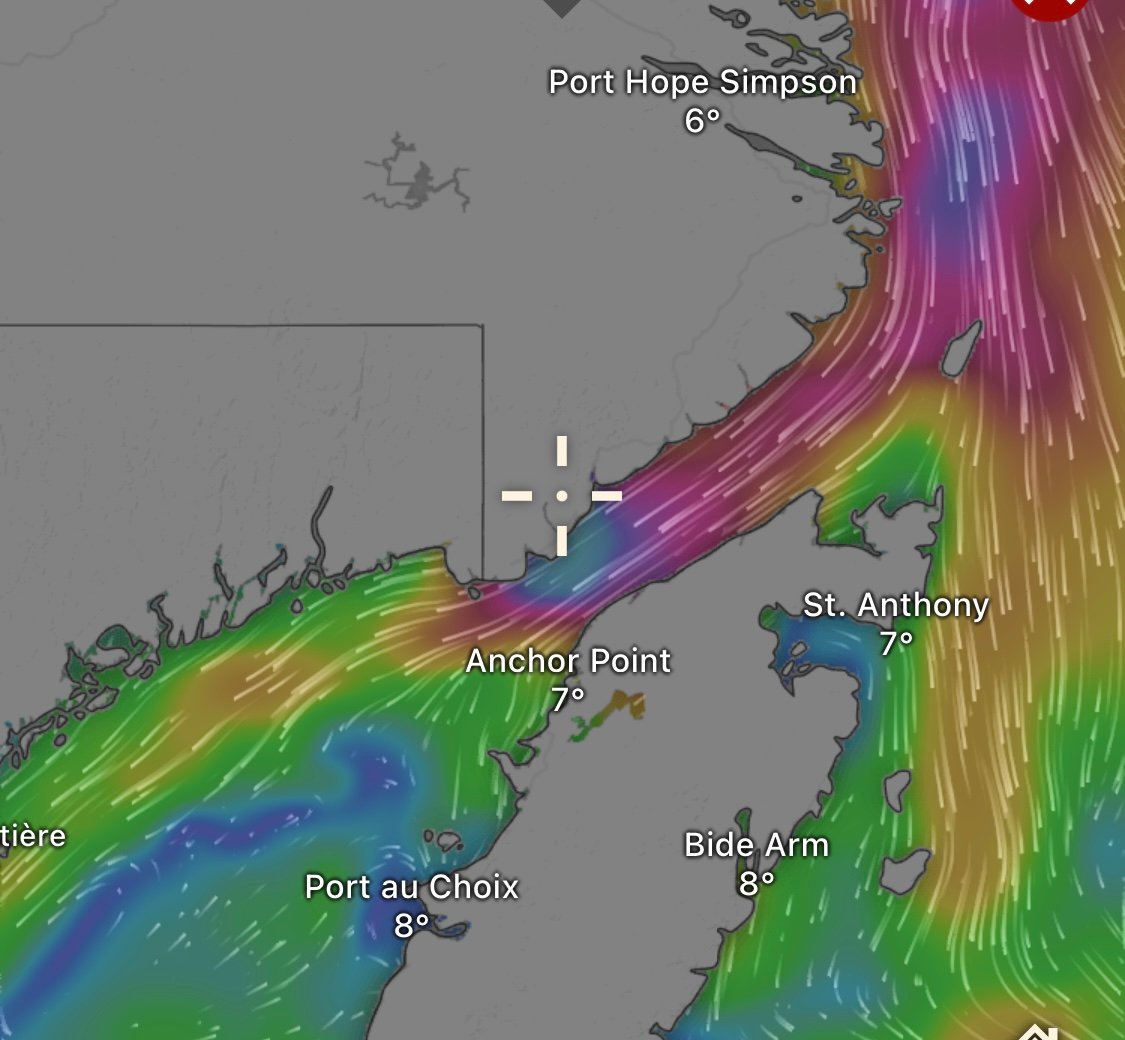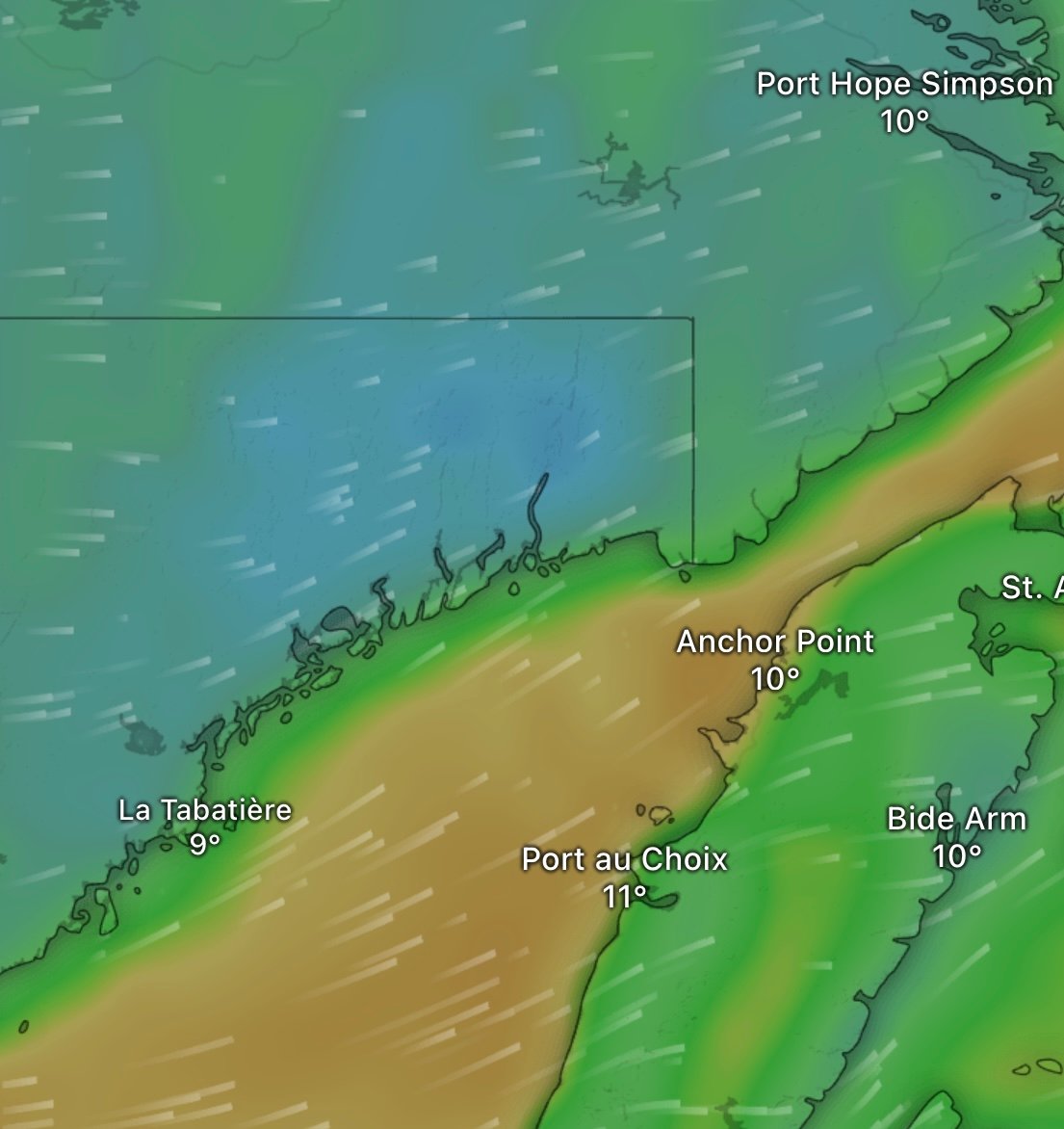I’ve been fascinated with wind since I was a child. I loved a good storm, and strong winds moved me so deeply I would write poetry about them.
When my dad bought a sailboat, our family explored the Gulf Islands in British Columbia. Those adventures remain some of my best memories. I loved sitting on the bow with the wind in my hair, and I loved the freedom of camping on the islands with my brothers while my parents stayed aboard. I felt so independent. At ten, my mom enrolled my little brother and me in sailing lessons in Deep Cove. To set a sail, steer, and maneuver a boat on my own gave me an incredible sense of purpose—and the knowledge that I was capable.
Later, while traveling in Africa, I saw a young Maasai Mara child tending to a herd of cows. One cow was giving birth. No adults were around, only our van of tourists. When I asked why we didn’t stop to help, our driver explained that this was important—children needed to feel useful and capable. That moment stayed with me.
The wind, for me, has always been tied to that same sense of capability. Which makes it a little ironic that the One Ocean crew is now in the position of having to wait out the wind. For the past several days, we’ve been anchored in Lark’s Harbour, Newfoundland, tucked into a protected harbour while 30–40 knot near-gale winds sweep through.

I love the wind—I love to listen to it, to sail in it, to use it—but there’s a point where wind stops being an ally and becomes a force that batters the boat, makes life uncomfortable, and risks damage.
Currents add another layer of challenge. I’m always scanning for back eddies and watching the current direction. When your boat runs at about 6 knots, a 2-knot current can make or break your day. If that current runs against you and the wind opposes it, standing waves can form—tall, steep, oscillating walls of water that can make life onboard miserable.


Sailing 27,000 nautical miles around North and South America, conditions will never be perfect. Every day is about choices. I check the weather each morning and again at dinner—on as many resources as I can, especially local ones. Then I study the currents. As a team we discuss options, routes, and timing. Sometimes that means setting out in the middle of the night if that’s when the window opens. These decisions happen to be magnified on our expedition, but in reality isn’t this what we do every day? We look at our options, trust our capabilities, and make the best choice we can to move forward.
There’s a saying among sailors: sail by weather, not by a schedule. But this expedition is one big schedule. That makes waiting harder—especially when we’ve worked so carefully to line up presentations with schools and communities. Tess and I are especially grateful for the flexibility of online classes with Exploring By the Seat of Your Pants.
Even so, our “unscheduled” stop in Lark’s Harbour has been a gift. From our anchorage, we could see a school—and the staff there graciously welcomed us. On Friday, we gave two presentations: one for grades K–7, and another for grades 8–12. There was a distinct difference in the two presentations. The younger kids were filled with boundless optimism, stories and questions. They were open to inspiration and pathways for purpose. The older group, still engaged but quieter, watched as Tess presented. She’s not that much older than many of them. She spoke eloquently about her journey and the work she is doing on board. Her passion - palpable. My hope is that our message would trigger inspiration in just one of those students because it just takes one to make a difference.
This morning, I woke to a glassy calm harbour. I almost couldn’t believe it. But another big storm is in the forecast for tonight and tomorrow, so the anxiety to move on is building. We need about 48 hours to reach our next destination—Guysborough, Nova Scotia. To get there safely, we’ll need a full 24-hour weather window to reach the next safe harbour, 130 nautical miles away at the south end of Newfoundland. For the past four days, no such window has appeared.
So, we wait. Patience and prudence. Capability sometimes means action, but just as often it means restraint...this proves to be a little more difficult for me!
That said, we’ve loved our time here. Lark’s Harbour has become one of my favourite stops. Being able to connect live with students reignites the passion of our whole crew. A huge thank you to St. James School for welcoming us so warmly and on such short notice!
Over for now...
Jenn
